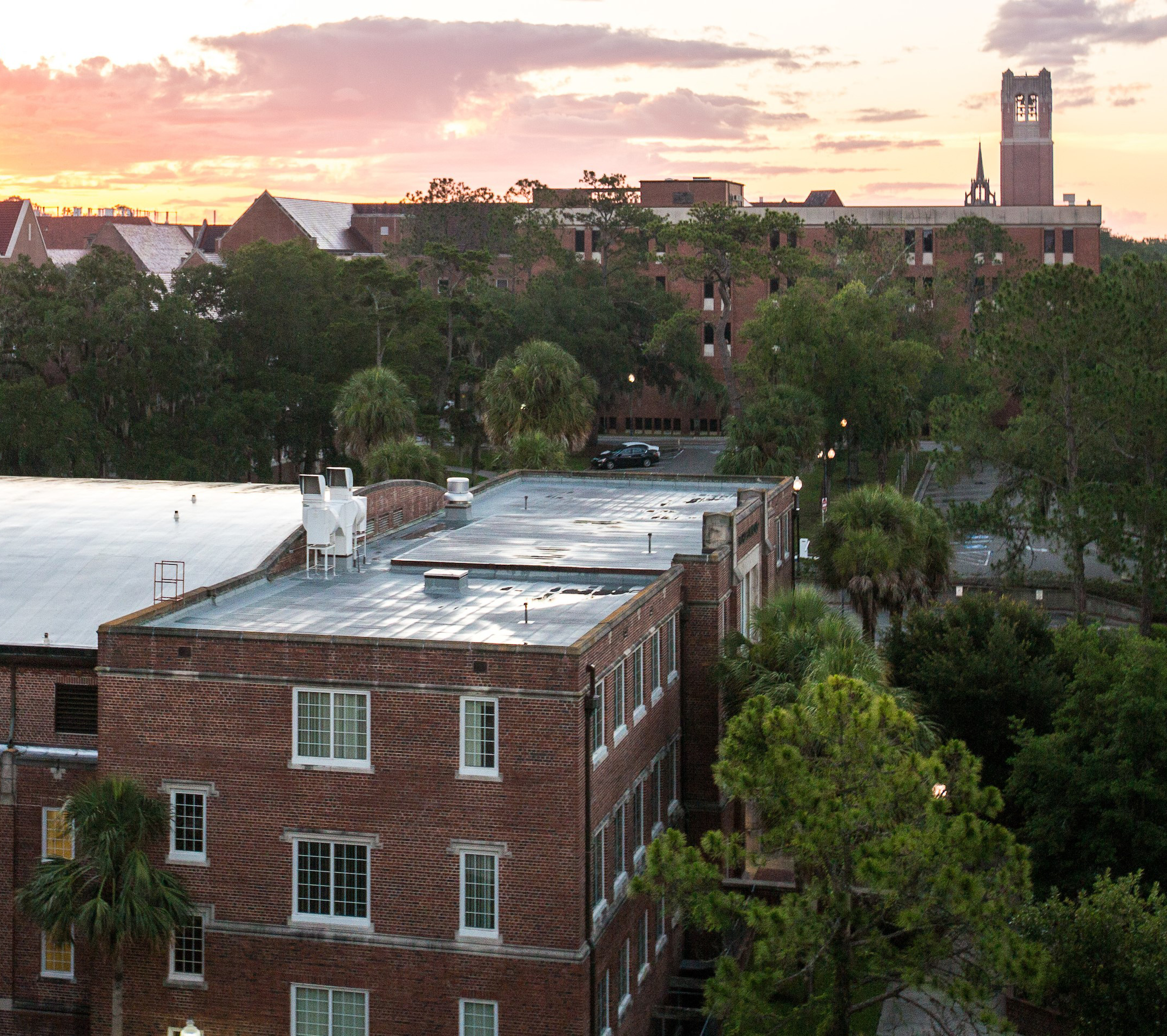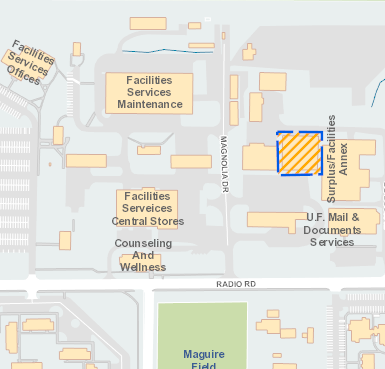Project FAQs
What is the Thermal Production Facility Project?
As of June 10, 2021, the University of Florida is moving forward with plans to solicit a partner to design, build, finance and potentially operate and maintain the thermal and electrical services for campus operations. The university has engaged Jacobs Engineering Group as its technical advisor who has prepared design specification and a master plan centered around:
- Construction of a new Thermal Production Facility to provide efficient steam, chilled water and electricity from Gale Lemerand Drive using a combined heat and power production method.
- Construction of a new South District thermal piping distribution loop to improve chilled water and steam delivery to campus and hospital facilities.
- Construction of a new electrical substation on Mowry Road.
The new energy plant will produce approximately 25,000 tons of chilled water, 230,000 pounds of steam per hour, and depending on the turbine selection approximately 34MW of power. UF will realize over $2.8 million per year in chilled water utility savings and $13.2 million per year in Combined Heat and Power (CHP) utility savings. The substation alone will save UF over $10 million over the life of the project. The completion of the project will position the University as a leader of campus energy, efficiency, and reliability.
What is combined heat and power energy production?
Combined heat and power is the simultaneous production of electricity and useful heat from a single fuel or energy source. CHP produces on-site electricity and recovered heat for efficient generation of steam, hot water or other thermal needs. A typical CHP plant has an efficiency of 70-80% compared to conventional operation which has a total efficiency of 50-60%.
How did UF decide on this method for the future of meeting on campus utility needs? What alternatives were considered?
During the early stages of planning a wide variety of technology options were reviewed across several key considerations including cost, ability to meet energy requirements, campus impact, environmental impact, and construction/scheduling feasibility. The combined heat and power approach that was chosen provided the optimal solution of those available while also laying the groundwork to integrate additional energy distribution concepts, providing a efficient, resilient long-term model for meeting the needs of the university.
Why is UF pursuing this project?
We are reaching the end of our current agreement with Duke Energy for steam, and the infrastructure related to that agreement will be decommissioned by the end of 2027. Investment in utility infrastructure is critical to avoid the risk of reduced reliability and ensure that the core mission of UF continues to be well-supported by campus systems. Moving forward with this project now will provide a replacement for energy needs currently provided by the Duke Cogeneration Plant while allowing us to address large amounts of utility deferred maintenance.





